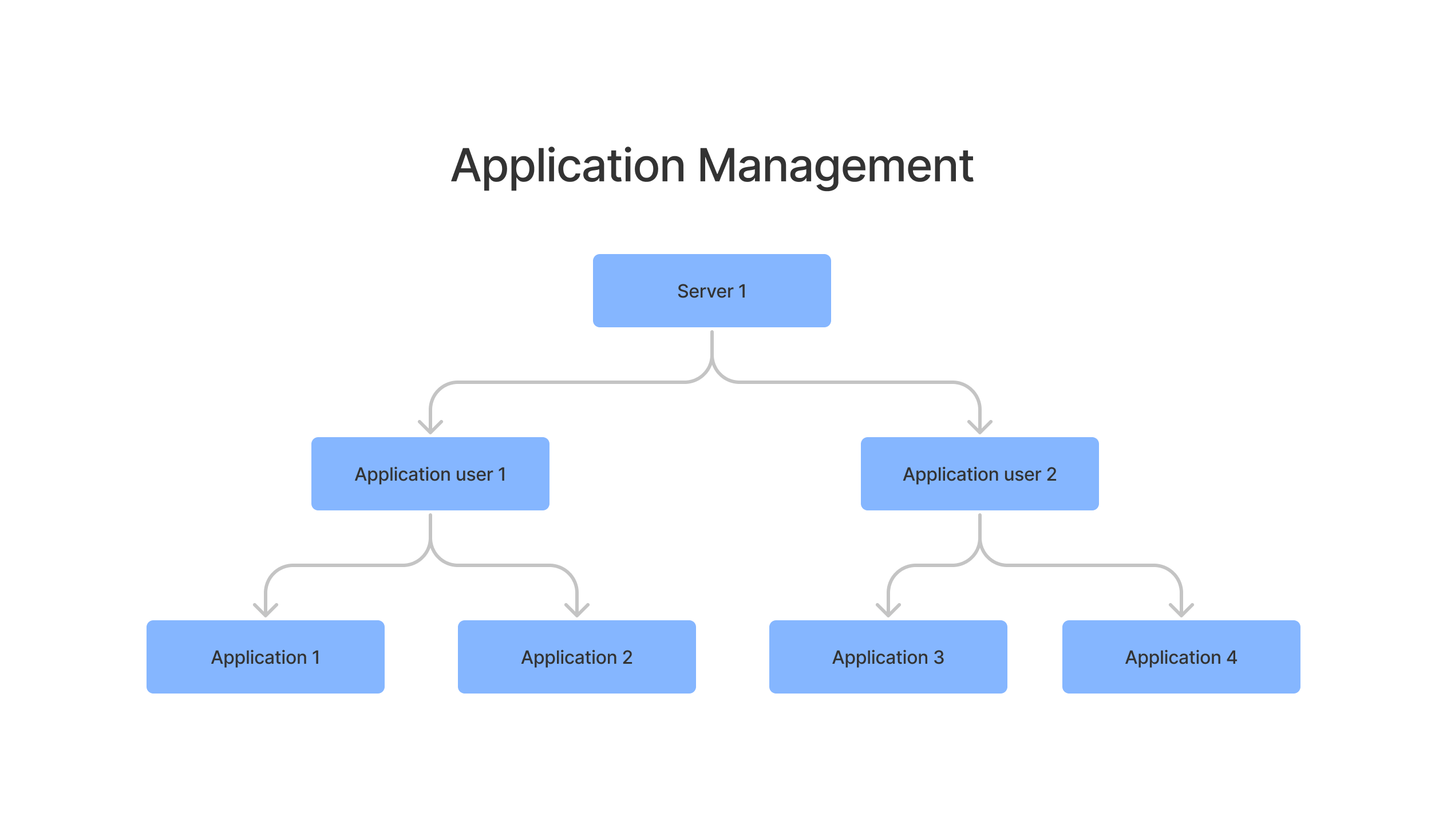What is an Application/Site?
If you want to take your project online, whether for production or demo purposes, you create an application.
An application can be a website, API for a mobile application, WordPress site, or any other custom PHP project. ServerAvatar now supports auto-installation and management of popular frameworks including WordPress, Mautic, Moodle, Joomla, Prestashop, Akaunting, n8n, Uptime Kuma, Node-RED, NodeBB, and many other platforms.
When you create an application in ServerAvatar, the following actions are performed by ServerAvatar on your server:
- Creation/Connection of a system user with the application
- Creation of public_html, logs, conf directories
- Creation of virtual host file
- Creation of a dedicated PHP configuration file
- Setting appropriate permissions
- Creation of a panel for further management and monitoring
Now, if you are creating an application with the auto-installer (for example, WordPress, Joomla, Moodle, Prestashop, etc.), here are the additional steps that ServerAvatar will perform for you:
- Downloading the framework/application files
- Creating a database (for supported platforms)
- Connecting the database with your selected application
- Installing the selected platform with your desired information
After 15 seconds, you will have a dedicated panel to manage that specific application. If you have selected a temporary ServerAvatar domain (link), your site will be live instantly! If you are using your own domain, your site will go live once DNS is resolved.
Features
At the application level, ServerAvatar provides the following features to make your life easier:
- One-Click installer
- Automatic/Custom SSL Certificates
- Multiple Domains
- Backups & Restore
- Cloudflare Integration
- Site Cloning
- Dedicated PHP Settings
- Application Logs
- Temporary Domains
- Staging Environment
- File Manager
- Supervisor
- Log Viewer & Monitoring
You can find the documentation for each of these features from the left sidebar under the "Applications" section. Let's see the structure of the applications and servers.
Understanding Application Management
When you create an application, a system user or an application user is required. Both terms are used interchangeably to mean the same thing. An application user can have multiple applications in an account.
All the applications will have a system user or an application user as a parent.

Now, let's see who the Application User is. It is crucial to understand this entity as it will help you understand how to allow limited access to the end-users, who may be multiple freelancers working on various projects, maybe your web development or web hosting clients.